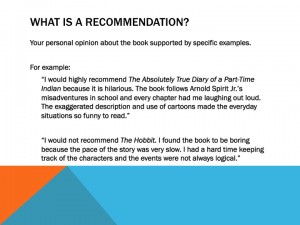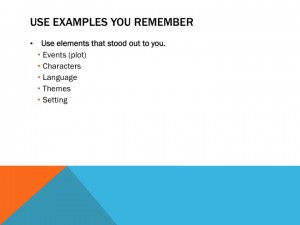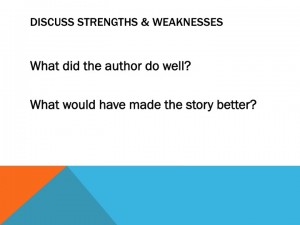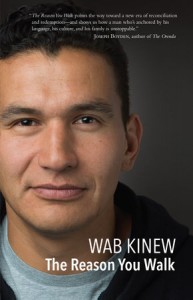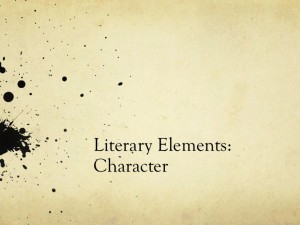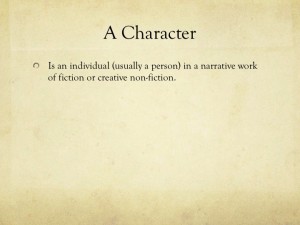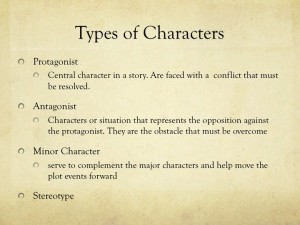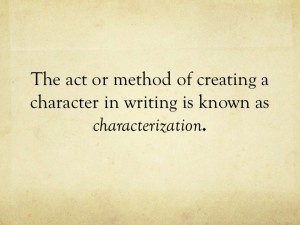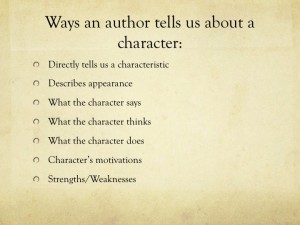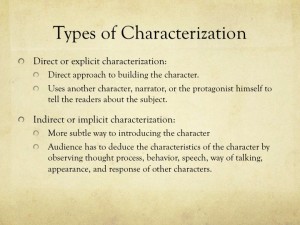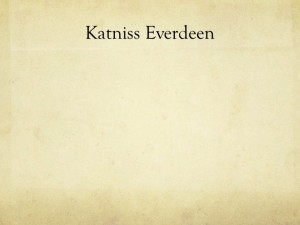What is the goal of education?
This questions has been answered may times over by scholars, institutions, and philosophers. According to the textbook Cultures of Curriculum edited by Pamela Bolotin Joseph there are six purposes “training for work and survival”, “connecting to the canon”, “developing self and spirit”, “constructing understading”, “deliberating democracy”, and “confronting the dominant order” (2001). This seems to be a fairly comprehensive list of the many goals of Western education. Of course the many interest groups in society would all prefer that education did a little bit more of one than the others.
When I attempt to answer this question I go back to what is the goal of raising a child. This is as close to the same questions as I can get, as my ancestors did not have a formal education system. Of course we had/have cultural transmission systems that fulfilled the same functions as education does for Euro-Canadains. These are simply embedded in our culture.
The answer is pretty simple. My Elders taught me that the goal of raising a child is that one day they might be an Elder. An Elder is a person who holds a meaningful role within my community as a holder of wisdom and experience. They are loved and cared for by the community because they are invaluable to its functioning.
Rasmussen explores the restaurant model of education. How Euro-Canadians assume every culture had some form of education. That we start to look for evidence of education within cultures. Cultural knowledge transmission happens in every culture but this does not mean that it happens within the narrow confines of what settlers would call education (formal schooling). The analogy is drawn between every culture has food but we do not go looking for evidence of restaurants in every culture.
Measurement/Benchmarks:
In the Western world, educational success could be said to be measured by the highest level you achieve in the formal schooling system. It could be argued that a PhD is the highest level to be achieved. This is a hierarchy and relies on more knowledgable strangers, on the written word, and a complex system to achieve.
If the goal of raising a child is for that child to one day become an Elder of the community, how do measure this? How do you know they are living a well lived life? Contributing? Making mistakes and learning from them? Living according to traditional values and teaching?
With the large gap between understandings of success how can we reconcile these? What becomes more important? Should Indigenous learners be measured according to the levelled system or on their progress toward being an Elder?
A dichotomy is often created in First Nations schools between academic and cultural goals and achievements. Mary Hermes explores this complex relationship in her article. She suggests that bringing academics and culture together in measurement is better than separate goals. I believe this is the path forward. We need to bring these two very different idea of education together without loosing either. Not a small task. It will take years of dedication and hard work, but hopefully in a few generations there will be some change.
References.
Joseph, P. B. (2000). Cultures of curriculum. Mahwah, N.J: L. Erlbaum Associates.
Rasmussen, Derek (2011). Some Honest Talk about Non-Indigenous Education. Our Schools/Our Selves, 20(2), 19-33
Mary Hermes (2000) The scientific method, Nintendo, and Eagle feathers: Rethinking the meaning of “culture-based” curriculum at an Ojibwe tribal school, International Journal of Qualitative Studies in Education, 13:4, 387-400, DOI: 10.1080/095183900413340
